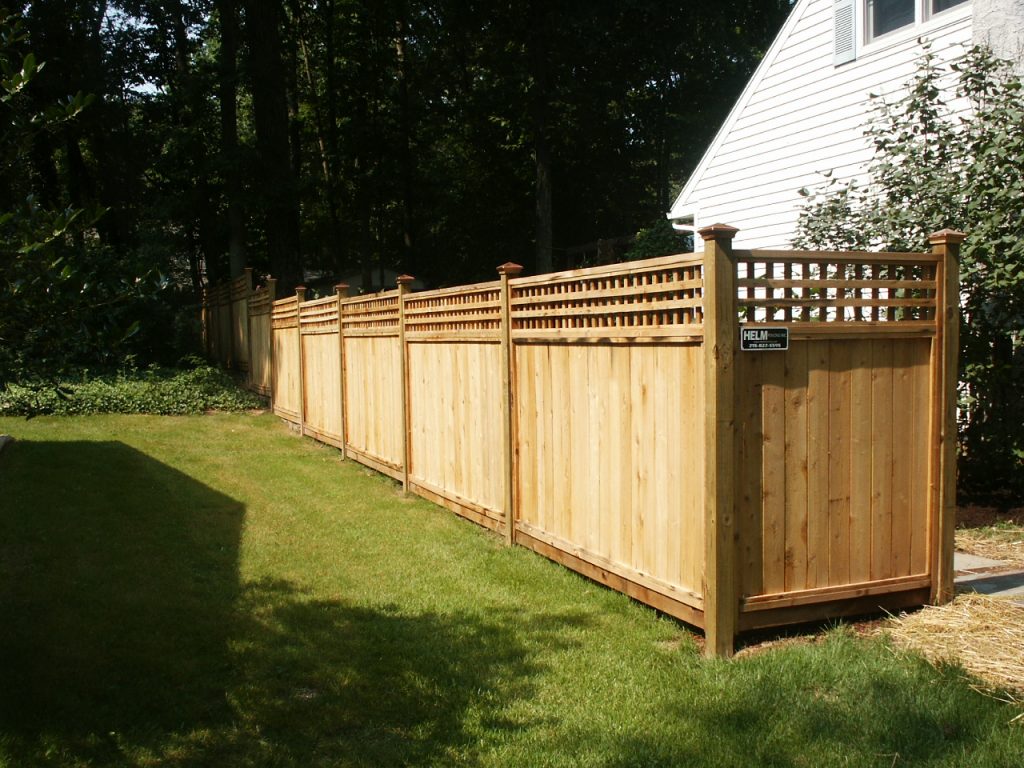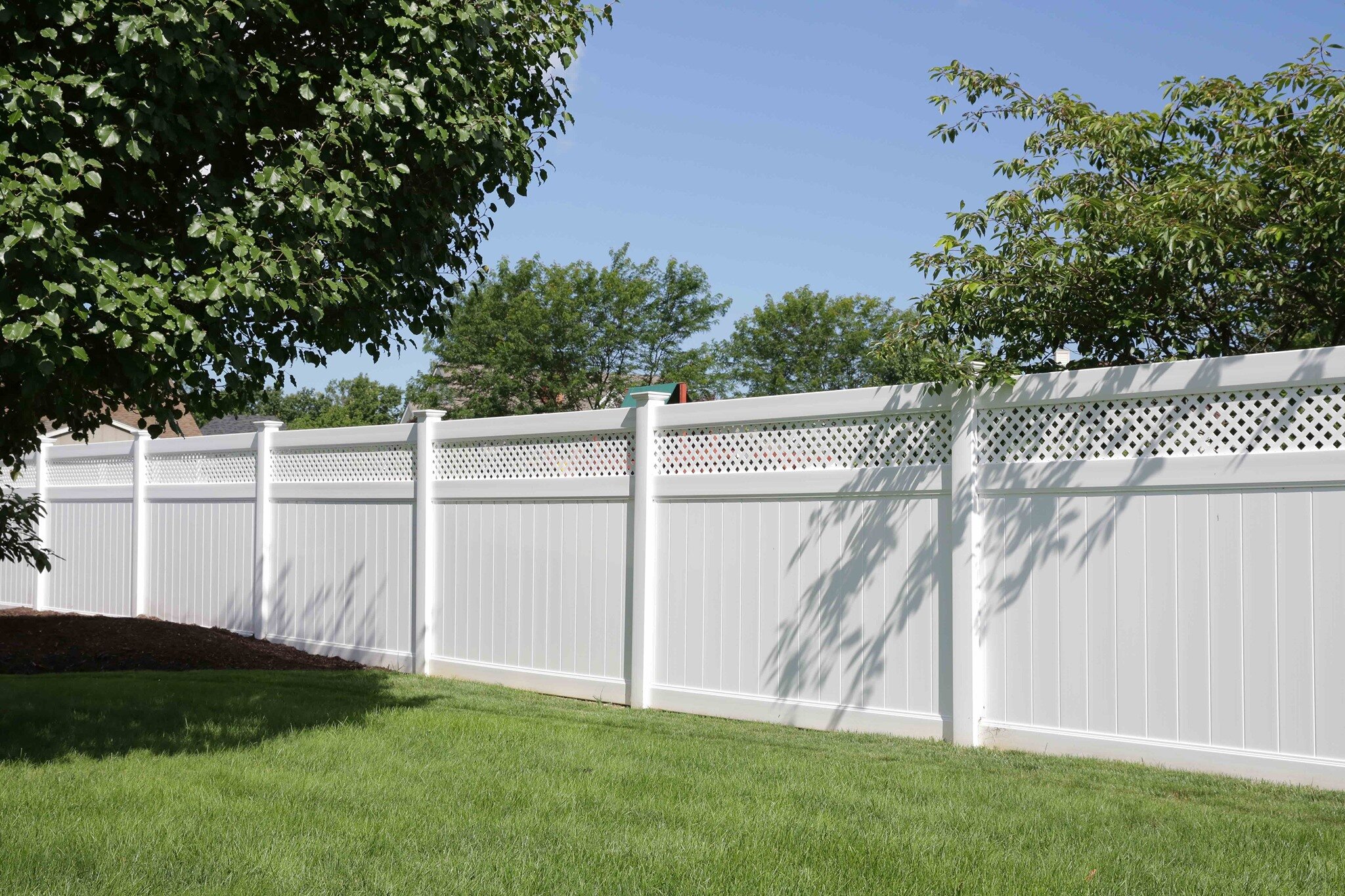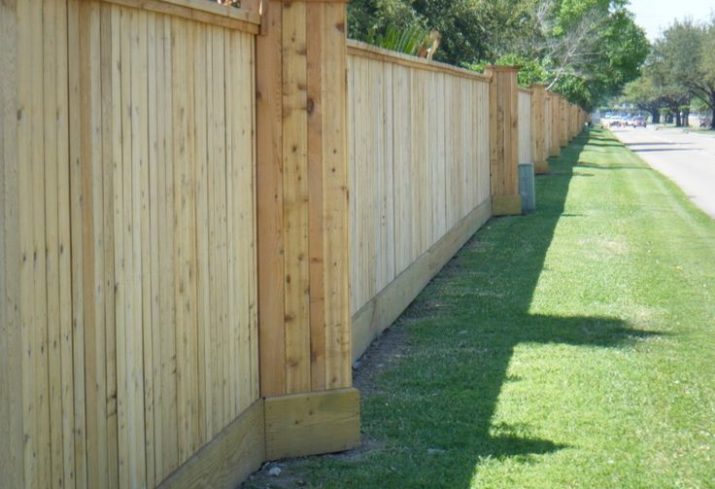How to Identify Typical Issues That Call For Immediate Fencing Repair
It is important to find issues prior to they come to be larger issues when it comes to maintaining your fencing. Routinely looking for signs of decomposing wood, leaning panels, or corrosion can save you money and time in the future. You may not understand just how weather and insects can compromise your fencing's stability. Let's explore the usual indications that suggest your fence requires instant attention, so you can maintain your residential or commercial property safe and looking its ideal.
Indications of Rotting Timber in Wooden Fences
Have you noticed your wooden fencing looking a little bit even worse for wear? It could be time to inspect for indicators of decaying timber if so. Initially, take a look at the base of the blog posts and panels for soft areas. If you push on the wood and it feels mushy or crumbles, that's a clear indicator of rot. Next, seek staining or dark areas on the wood-- these commonly signal moisture damages. Take notice of any type of peeling off paint or surface, as this can subject the wood to additional degeneration. Additionally, a poignant, moldy scent can indicate fungal development. Do not forget to inspect joints and connections; if they're loose or dropping apart, the timber underneath is most likely compromised. By capturing these indicators early, you can stop much more extensive damages and keep your fencing standing solid. Normal upkeep is key to extending the life of your wooden fencing.
Leaning or Tilting Fencing Panels
If you've discovered your fence panels turning or leaning, it's vital to understand what triggered it. This issue may suggest underlying architectural damage that requires your focus. Let's check out the typical reasons and the repair choices readily available to get your fence back in form.

Sources Of Leaning Panels
It's frequently a sign of underlying issues that require attending to when you see your fencing panels tilting or leaning. One usual cause is insufficient drainage; excessive water can deteriorate the dirt around the fence articles, damaging their assistance. An additional offender can be solid winds or storms that push against the panels, particularly if they're not properly secured. Additionally, the natural settling of dirt gradually can trigger blog posts to change, causing a tilt. Bugs, like termites, can jeopardize the integrity of wooden panels, causing them to lean. Poor installation techniques may result in panels not being securely set, leaving them vulnerable to leaning under stress. Address these concerns quickly to maintain your fencing's stability.
Indications of Structural Damage
Observing turning or leaning fence panels can be disconcerting, as these concerns typically indicate architectural damage that needs prompt interest. When your fence begins to lean, it might indicate that the blog posts are changing or that the soil around them has deteriorated. Pay very close attention to voids in between panels or messages, as these can also suggest instability. deck builder. In addition, check for cracks or splintering in the timber, which can weaken the total framework. If you discover rust or corrosion on steel components, it can compromise the integrity of the fencing. Bear in mind, ignoring these indications can lead to extra serious damages down the line, so it's important to analyze the circumstance without delay and act prior to it aggravates
Repair Service Options Available

Rust and Corrosion in Steel Fences
If you possess a steel fence, you could observe corrosion and rust sneaking in over time, specifically if it's revealed to wetness. These issues not just affect the appearance of your fencing but can additionally endanger its structural honesty. To determine corrosion, seek reddish-brown areas or patches, which suggest the steel is oxidizing. Deterioration can spread promptly if left unattended, compromising the fence and leading to costly repairs.To tackle corrosion and deterioration, you ought to cleanse the impacted locations with a wire brush and use a rust-inhibiting primer. When the guide dries out, consider painting the fencing with a weather-resistant paint to protect it even more. Routine upkeep, such as inspecting for indicators of rust and repairing paint as required, will certainly assist prolong your fencing's life expectancy. Attending to these concerns quickly ensures your steel fencing remains strong and aesthetically appealing for many years ahead.
Splits and Splits in Vinyl Secure Fencing

Root Causes Of Plastic Damages
Plastic secure fencing is preferred for its resilience, yet it can still struggle with fractures and splits as a result of numerous basics variables. One significant cause is severe temperature level variations. When plastic broadens in the warmth and contracts in the chilly, it can weaken the product in time. Furthermore, direct exposure to harsh sunshine can result in UV destruction, making the vinyl weak. Physical impacts, like unintended collisions or hefty branches, can also create splits. Poor setup or making use of low-quality materials can aggravate these issues. Age plays a function; older plastic secure fencing is much more vulnerable to damages. Regular assessments can aid you recognize these elements prior to they bring about significant troubles. Take positive procedures to assure your fencing stays intact and straight from the source strong.
Fixing Cracks Properly
Although cracks and splits in your vinyl fence can be worrying, addressing them quickly can stop further damage and preserve the fence's appearance. First, assess the size of the split. For small fractures, a vinyl repair work set typically consists of adhesive that can bond the edges, offering a smooth solution. Tidy the location completely before applying the adhesive, ensuring it adheres correctly. For bigger divides, you could require to utilize a vinyl patch. Cut the spot to dimension, apply sticky around the edges, and press it securely onto the split. Enable it to cure as per the manufacturer's directions. Regular upkeep and fast repairs can extend your fence's life expectancy, keeping it looking excellent for many years to come.
Loosened or Missing Out On Fencing Messages
Loosened or missing fence articles can undermine the security of your entire fence framework. If you discover any type of blog posts leaning or tottering, it's vital to deal with the issue right away. Look for any type of signs of movement, as this can result in further damage gradually. You can easily analyze the issue by providing each blog post a mild shake-- if it really feels unsteady, it's time to take action.For missing articles, you'll need to replace them asap to preserve your fence's stability. Make sure they're securely anchored in the ground with concrete or crushed rock for added stability when you set up new blog posts. If a blog post hangs, tighten it by including extra assistance or driving it deeper into the ground.Ignoring these concerns can result in larger problems, like gaps in your fence and even complete collapse. So, watch on your blog posts and stay proactive regarding repairs!
Damages From Climate and Natural Elements
Climate and natural environments can wreak havoc on your fencing, leading to different forms of damage that require timely attention. Heavy rain can trigger wood to rot, making it weak and unstable. Snow build-up may bend or damage panels, while strong winds can root out fence posts or trigger areas to lean.If you observe splits or splintering in wooden fences, it suggests drying out as a result of extreme sunlight exposure. On the other hand, metal fencings can rust if safety coatings use off, especially in damp or coastal areas.Inspect your fence consistently after tornados or severe weather to capture any type of damages early. Dealing with these issues rapidly can save you from pricey fixings down the line. Don't wait till a little problem transforms right into a major one; remain positive and maintain your fence top form to keep both performance and aesthetic appeal.
Insect Infestation and Termite Damages
When you see indicators of insect problem or termite damage, it's important to act swiftly to stop more devastation. use this link Look for mud tubes along your fence or hollow-sounding timber, as these suggest termites go to work. You might likewise see little openings or frass, which is termite droppings resembling sawdust. If you find any of these indications, it's time to assess the damage.Don' t delay up until it's as well late; insects can jeopardize your fencing's stability. Examine the surrounding area for beetles or ants, as they may be contributing to the issue. If you suspect a problem, take into consideration contacting an insect control professional to verify and treat the issue.Repairing or replacing damaged areas of your fencing promptly not only recovers its strength but likewise prevents insects from spreading better. Keep watchful to maintain your building pest-free and safe and secure.
Often Asked Concerns
Exactly how Usually Should I Evaluate My Fencing for Damage?
You ought to check your fence at the very least twice a year, preferably throughout springtime and autumn. Normal checks assist you find damages early, saving you time and money on repair work while keeping your residential property's appearance and protection.
Can I Fix a Fence Myself or Work With a Professional?
If you have the right devices and abilities, you can definitely fix a fencing on your own. Hiring a professional warranties quality work and saves you time, particularly for complicated fixings or extensive damages.
What Devices Are Required for Fundamental Fence Repair Work?
For basic fencing fixings, you'll need tools like a hammer, screwdriver, pliers, a saw, a degree, and gauging tape. deck builder. Depending upon the repair service, you might likewise require nails, screws, or replacement boards
Just How Much Does Fencing Fixing Generally Cost?
Fence repair expenses differ extensively, however you can expect to pay in between $200 and $1,500 relying on materials, labor, and extent of damage. It's clever to get multiple quotes for the very best offer.
When Is the most effective Time of Year for Fence Fixes?
The most effective time for fence repairs is during light weather, normally in springtime or early fall. You'll stay clear of extreme temperatures, making it simpler to function and making certain the materials established effectively for lasting longevity (deck builder). Seeing turning or leaning fence panels can be alarming, as these concerns typically suggest architectural damages that needs instant focus. Missing or loosened fencing posts can weaken the stability of your entire fencing structure. Snow buildup may flex or break panels, while solid winds can uproot fence messages or trigger areas to lean.If you observe fractures or splintering in wood fencings, it's a sign of drying out due to intense sun direct exposure. Metal fencings can rust if safety finishes use off, specifically in moist or coastal areas.Inspect your fencing on a regular basis after storms or extreme weather to catch any kind of damages early. Fence fixing expenses differ widely, however you can anticipate to pay in between $200 and $1,500 depending on products, labor, and degree of damage
Comments on “Top Projects Completed by a Leading Fence Contractor Owensboro KY”